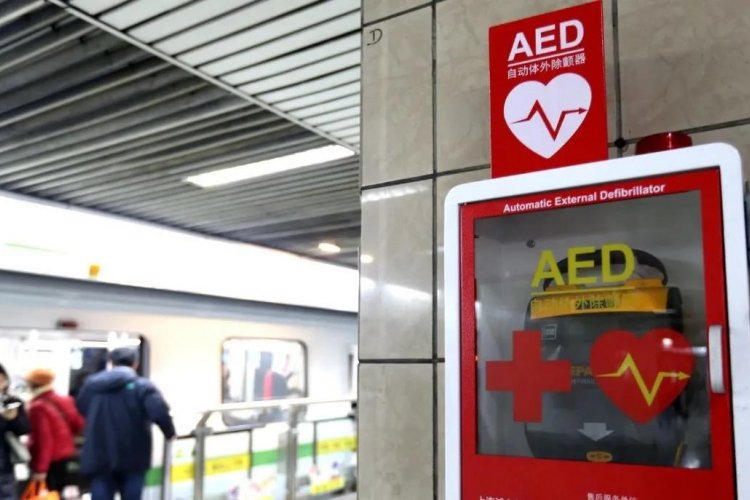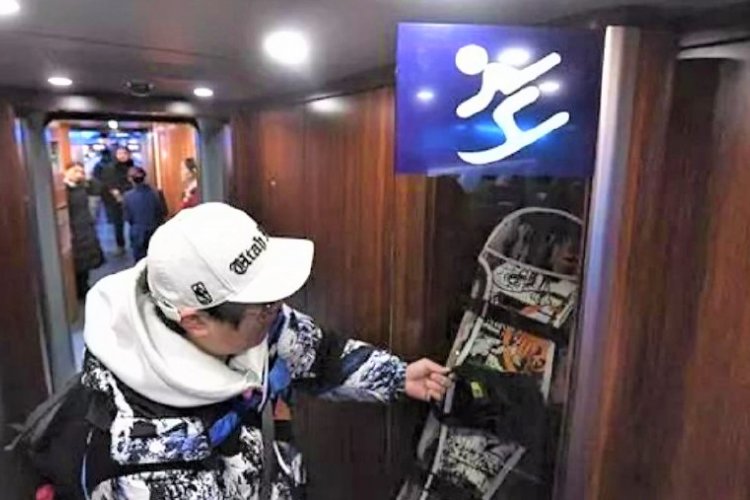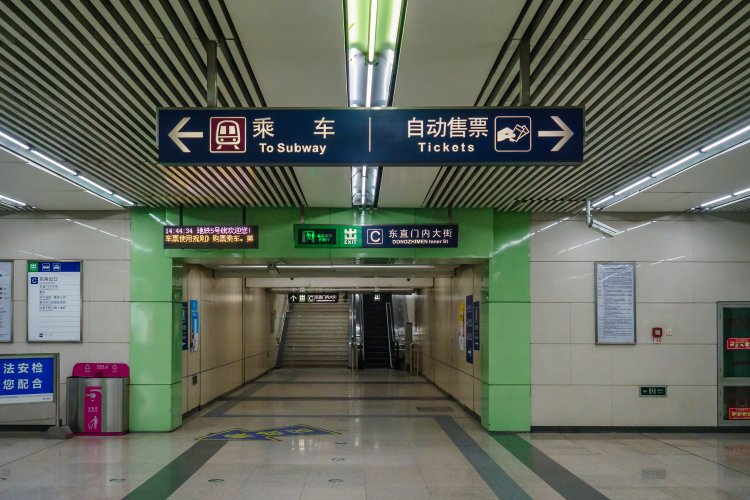Please Get Ready for Your Arrival: Huixin Xijie Nankou Station
The following is a sort of introduction to the Beijing Subway by Swiss expat and transportation commentator David Feng.
It’s one of the most complicated and probably one of the longer station names in Beijing’s subway network, yet when you hear it ring out over the subway speakers, it has a particular ring to it. Even though it probably makes more sense in English as Huixin West Street South, it’s stuck obstinately to its pinyin name: 惠新西街南口站 Huìxīn Xījiē Nánkǒu Zhàn.
Long names aside, when Huixin Xijie Nankou opened in late 2007, it was a breath of fresh air – even more so when Line 10 services began on Jul 19, 2008. Prior to its opening, changing lines in the Beijing network was a literal Long March underneath the surface – and for those who had to endure Xizhimen pre-2008, at surface level as well. Easy interchange routes were one-way only (looking at you, Jianguomen and Fuxingmen, from Line 2 to Line 1). Cross-platform interchanges were absolutely not a thing until well into the 2010s.
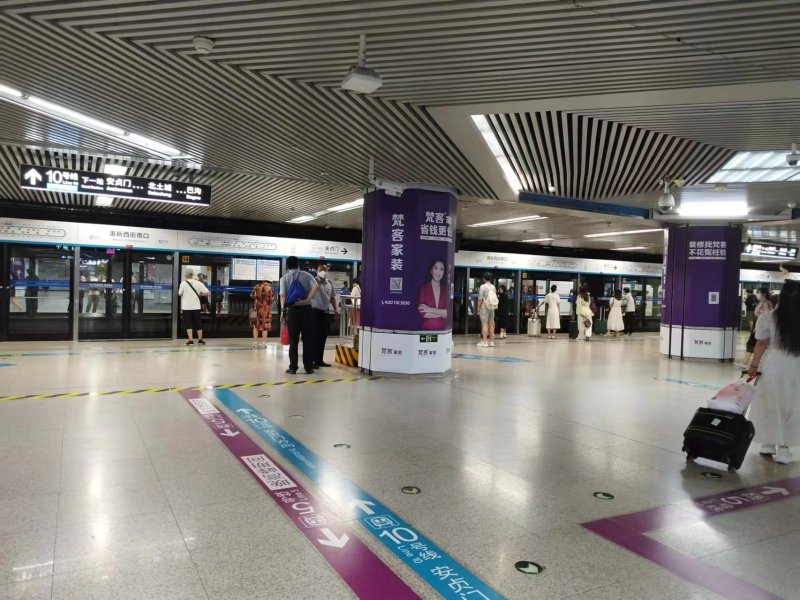
I’ve been to this station quite a few times. It reminds me of a Beijing in transition. This was in a part of Beijing where we were already a few miles north of the former imperial city walls, yet not really into the new town tomorrowlands. It was China as it was back in the 1980s and 1990s, and also the early 2000s, in a part of town where new high-rises sprung up. Back then, the city had just converted and expanded the 2nd and 3rd Ring Roads with a 4th Ring Road in the making, and “Ring Highway 1 and Ring Highway 2” (today’s 5th and 6th rings) in the planning phase. Not far away was a university of the times – the University of International Business and Economics. Those were the days when Chinese citizens could, for the first time in the early 2000s, ask for a passport because they wanted to travel, without requiring the approval of their work unit.
It was and still is in a part of Beijing with streets still based on the hutong grids and extended, sometimes tweaked a little, yet the dimensions appeared more like your North American freeway than the narrow alleyways of the city center, or even the slightly wider lanes of many a European Altstadt or Vielle Ville. There would, of course, be exceptions to the rule. I remember a road nearby, Jian’an Donglu, which in this day and age of searing summer heat is like a climate refuge – a more narrow-ish street, but one full of trees, and hence, a lot cooler.
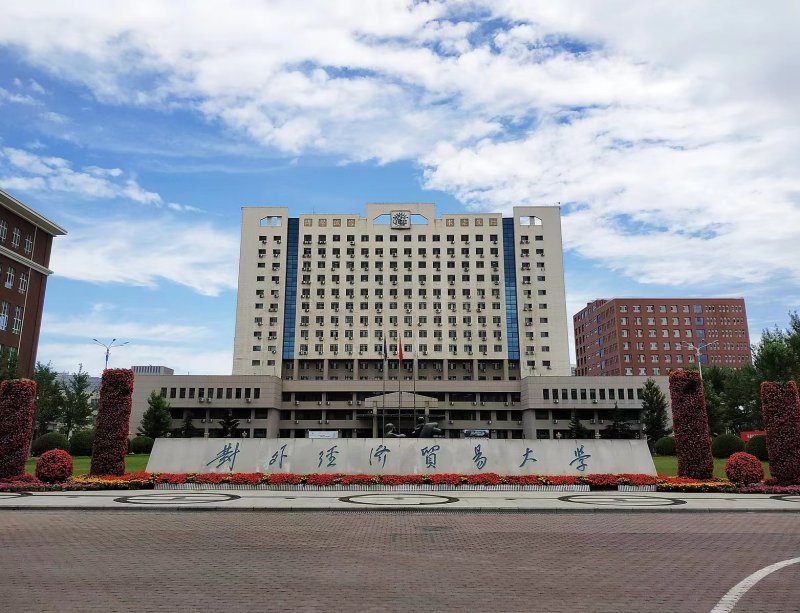
I myself have fond memories of that part of the Chinese capital. I was a student at that university, and as I was on a Swiss passport, had to take 中国概况 Zhōngguó gàikuàng lessons, basically an “official introduction to China”. Like everything in China, when the teacher – the “laoshi” – asked you to do something, you did it; and in this case, he asked me to help out with English sessions at the nearby vocational school right next to the university. I also remember the university fondly for its social events. Indeed, my being a master of ceremonies in language and cultural shows is what led me to my media involvements today. Twenty years ago, I started with university radio; today, the internet, and podcasts and videocasts alike, have taken things to the next level.
I also remembered that university for what happened in December 2003 – specifically, the 5th of that month – when my hosting of a language contest put me on a trajectory that would, twenty years later, land me a full member of the city’s committee of top language specialists. As we usually correct Chinglish, some call us, obviously tongue-in-cheek, the “Chinglish committee”. But it’s so much more than that. That station itself, Huixin Xijie Nankou, saw so much change in terms of actually using English in the Beijing Subway. For the first time, new, fully bilingual signage was part of the network. Along with, of course, a new way to change Beijing Subway lines. To the uninitiated, it was confusing: for the first time in the Beijing network, you had to choose your direction of travel (if going from Line 5 to Line 10) before changing floors. But it was a good start to shortening the long march that was part of the many interchanges back then. You followed signs and changed floors once and once only — platform to platform, almost.
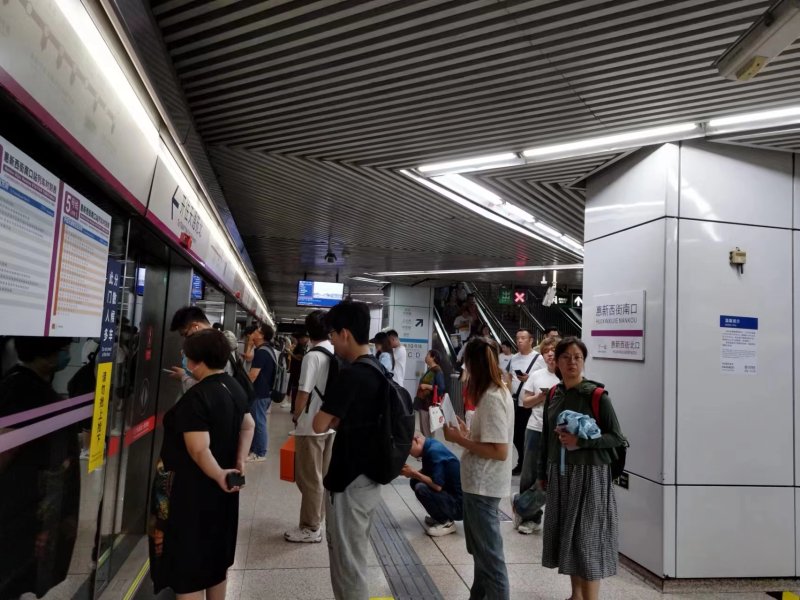
This station was also where I got ready for my arrival in the new Beijing Subway system. Of course, Oct 7, 2007 was by no means my first-ever trip in the network, but it was for the new Line 5, which was revolutionary. For the first time, instead of going east-west or around in loops, or arcs that went miles into rural northern Beijing, you could go north-south through central Beijing. It changed the way we would travel. And it made travel more civilized, with everything from platform edge doors to (slightly) cleaner toilets becoming the new standard.
Thus begins this new column, named after a Beijing Subway onboard announcement refrain, It will, of course, be about trains, including about the Beijing Subway, and national rail having anything to do with the Chinese capital. But it will be so much more than that. I’m adding in a little bit of this, that, and the other Jing thing – anything from station art inspiration to history, to a station in its geographical context, or what’s to come; and occasionally even a few rants as a frustrated commuter – Swiss, no less, wondering how the city’s rails could be better if everyone were as details-obsessed as we are. From my most head-scratching experiences in the network, to the ones where my jaw almost dropped to the ground (looking at you, Line 17, Ciqu interchange!).
About the Author:
David Feng is a Swiss expat and Beijing transportation expert who not only runs his own WeChat account (ID: DavidFengPA) on Beijing, Chinese, and Swiss public transit but also runs his own podcast and has been interviewed multiple times by various Chinese and international media for his input on China's transportation systems and development.
READ: Subway Art: the Murals of Beijing's Subway Line 2
Images: Unsplash, David Feng, the Beijingers, Wikipedia



